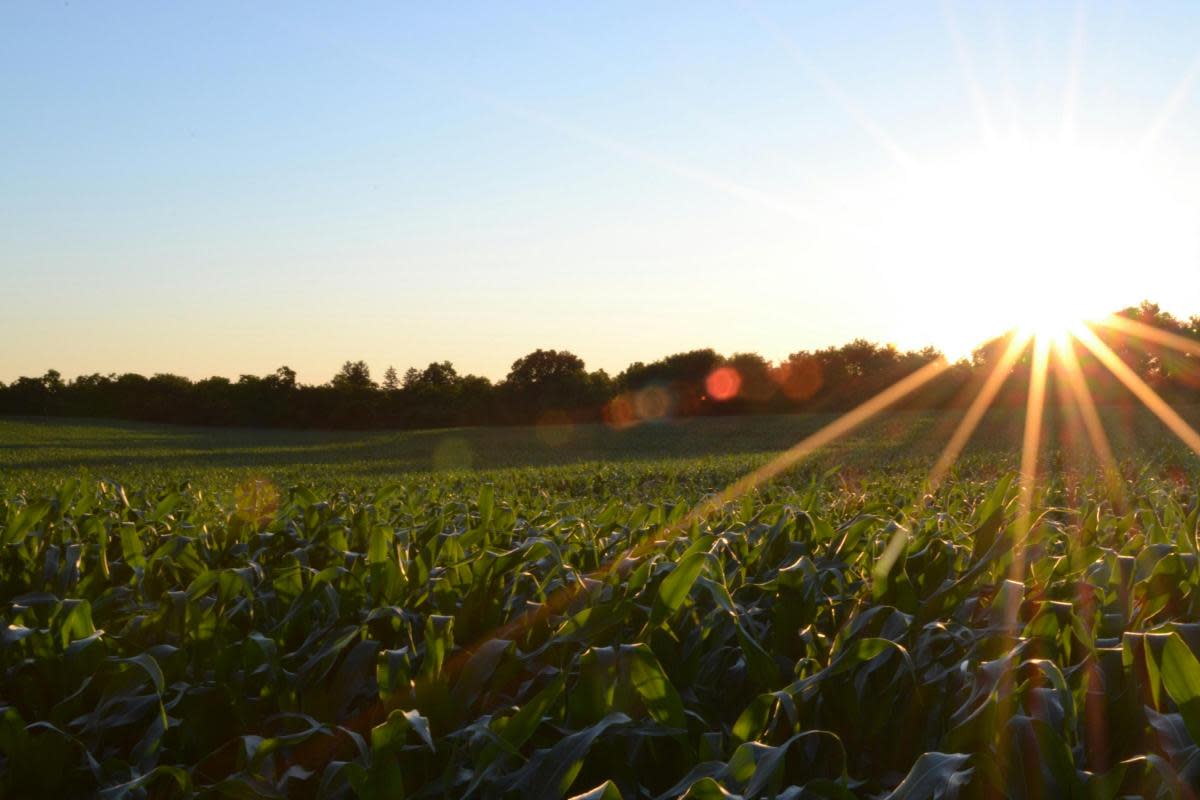Why using data can benefit your farm

William Hargreaves from Savills discusses how to drive efficiency and improve business performance.
Whether in the boardroom or on the sports field, the use of data has long been an effective way to improve performance.
Farming and agriculture is no different. By crunching the numbers, you can often identify efficiencies and work out where (or where not) investment is needed.
As the basic payment scheme (BPS) continues to reduce, many farmers will need to find ways to increase income or make savings.
Several data-led farm management systems exist – with Savills running its own platform for its clients.
William Hargreaves, director, rural at Savills in Suffolk (Image: RMG Photography)
Suitable for farms of all sizes and scale, we typically adopt a field-by-field (rather than crop-by-crop) approach, with data sourced from at least the last five years.
Everything from field sizes, crop types and detailed input costs are recorded, alongside figures for historic and projected yields. These results are then compared to soil type and drainage reports to pull out key findings.
By going into granular detail, we build a comprehensive picture of a farm’s performance.
Say, for example, hundreds of pounds has been spent on fertiliser applications for ‘Field A’ – but yields have not increased sufficiently to create a high enough margin. We can use the same data to identify other land uses that generate a greater income. This could include:
Options under the environmental land management scheme (ELMs) such as AHL2, which introduces winter bird food on arable land (£853/ha), or IPM2, which adds flower rich grass margins or in field strips (£798/ha).
Planting of new woodland through the England woodland creation offer and for carbon credits, which can be value guaranteed through government schemes.
Development of sites for biodiversity net gain (BNG), which can be used to sell BNG units and raise funds for further capital expenditure (roughly £35,000 per unit tied into a 30-year agreement all paid for upfront).
In a recent example, we identified more than £800,000 in extra income over a three-year period for one large farm estate – a threefold rise on previous performance.
Of course, data can only do so much. You still need the expertise of traditional crop husbandry and agronomy to identify which improvements are suitable. But, similar to an engine, we can fine tune performance and ensure every part of the ‘farm machine’ is running smoothly.
For advice on the rural sector in Suffolk, contact William Hargreaves at Savills on 01473 234802 or WHargreaves@savills.com

 Yahoo News
Yahoo News 
